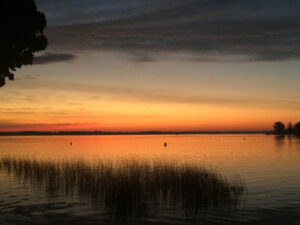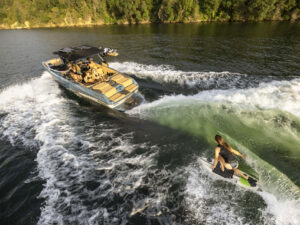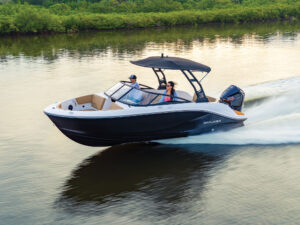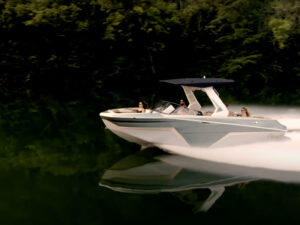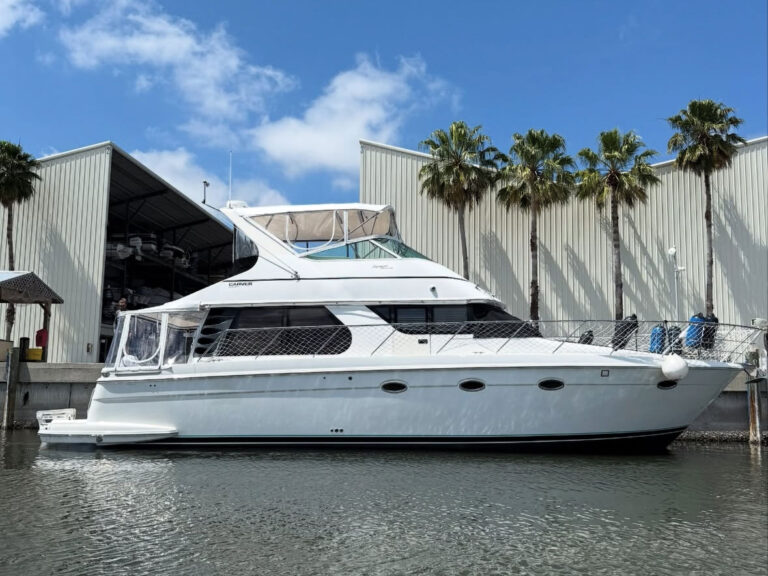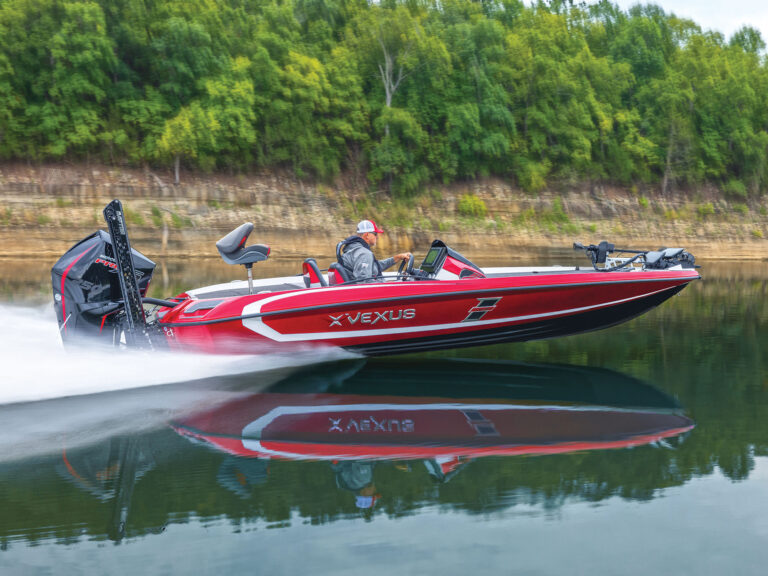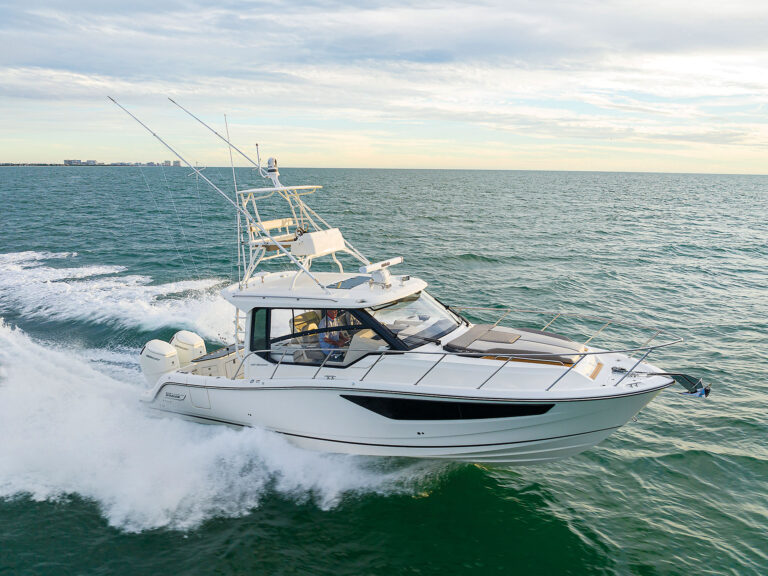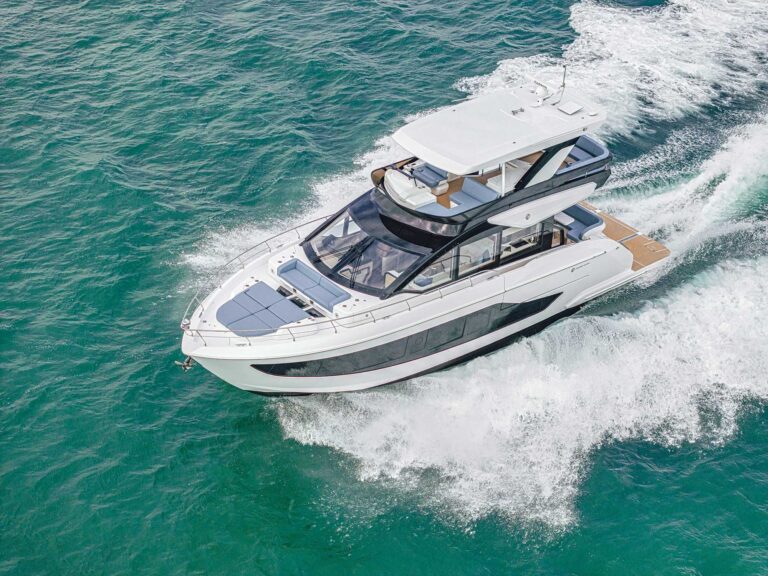
We, the boaters of the US, recently dodged a bullet, one you might not have even heard about. The bullet in question was California Assembly Bill 3030, which would have restricted the use of large chunks of California’s recreational waterways and fishing grounds. Thanks to an outpouring of protest by everyone from the fishing community to groups such as BoatUS and the National Marine Manufacturers Association, the bill was put on ice by the State Senate Appropriations Committee, which adjourned without taking action. But the victory was short-lived, proving that the battle is far from over in California and elsewhere. What does this mean for boaters?
“Nobody loves the water more than us,” Boating Editor-in-Chief Kevin Falvey said to me when I took this assignment, “but at what point is conservation overkill? The word once meant ‘wise resource use’ and may have mutated to ‘no resource use!’”
California isn’t the only state to attempt to enact Draconian regulations that would close off waterways, reduce fisheries, and restrict boating use of waterways. There are efforts underway in coastal states from Florida to Maine, out west to California, and in many boating states in between.
The kicker that jump-started this flurry of uber-conservation was a report released by the United Nations, setting a goal of protecting 30 percent of the world’s lands and waters by 2030. It acquired the catchy label “30×30,” which has been embraced by governments bent on preserving their ecosystems, as well as politicians looking to give themselves a conservationist glow. The result, quite simply, has been legislation and restrictions going off half-cocked in all sorts of ways.
A good example is California, which already has 146 marine protected areas (MPAs), including fish habitats and national sanctuaries, resulting in the most restrictive marine environmental policies in the world. That means that California already meets the 30 percent protection standard. But proponents of the 30×30 movement don’t make it clear whether a new 30 percent would be added to the existing protected areas.
There’s no problem with MPAs as such, since most protect our waters against oil rigs and commercial fishing, but no-take MPAs can exceed both the need for protection as well as the wishes of anglers. On the positive side, no-take MPAs have allowed nearby recreational fishing to improve. For example, 50 percent of all spotted seatrout records have been caught just outside the Merritt Island National Refuge near Cape Canaveral, Florida.
The language behind the 30×30 movement does not clearly define protection while suggesting that current protections are inadequate. The language tends to be overly broad, affecting everything from agriculture to homebuilding and even wind farming. (And it could restrict the pleasures of recreational boating and fishing at a time when we really need them.)
Wayne Kotow, executive director of the Coastal Conservation Association of California, says: “It is important to remember that the sport-fishing community is not against conservation, biodiversity or clean ecosystems.” He adds: “We agree that there is climate change that needs to be addressed, along with issues of ocean acidification, and water and air pollution. But we don’t see how the 30×30 movement addresses those issues.”
While California seems to be leading the charge in the 30×30 movement, it’s really just the tip of the iceberg. Its mere existence may serve to encourage other politicos to legislate more freshwater and marine closures to anglers. Here’s a look at some action, both positive and negative, that affects our boating and fishing communities.

Florida
In early 2020, the Florida Fish and Wildlife Conservation Commission approved a fishery plan for Biscayne National Park, the hugely popular recreational boating area off Miami. It established five new coral reef protection areas (CRPAs), which allow hook-and-line fishing, but also created trap-free and no-trawl zones to preserve and increase the abundance of species without having to create a lockout in the nation’s largest recreational marine park.
While the new regulations encourage angling, there are raised size limits on a number of species, including snapper, jacks and grouper, as well as a 10-fish-per-person possession limit. Numerous marine groups contributed to this decision, including the NMMA and the Marine Retailers Association of America.
In another positive effort earlier this year, and with the support of the NMMA and other groups, Florida created the Nature Coast Aquatic Preserve, the first of its kind in the state in 32 years. On the Gulf coast waters of Citrus, Pasco and Hernando counties north of Tampa, the area is known for manatee watching, as well as scalloping and recreational fishing. The area is a nursery for 70 percent of the species targeted by Florida anglers, including redfish, grouper and tarpon.
With a goal of preserving fragile seagrass beds, the bill was intended to limit well drilling, dredging, and structures other than docks, and it is a fine example of recreational boater and angler groups all working with legislators to achieve a satisfactory outcome.
Read Next: Restoring Sea Grass Isn’t as Easy as Saving It
And then there’s Marco Island. For years, the Marco Island police have conveniently overlooked Florida state law by prohibiting the anchorage of transient boats on its waterways, a “problem” for residents in multimillion-dollar waterfront mansions who don’t want riffraff anchored in their views.
Skippers everywhere owe a debt of gratitude to Capt. Dave Dumas who, in 2006, chose to anchor his Krogen 42, Kinship, in a case of civil disobedience with the clear goal of taking his case to court. Marco Island water cops promptly cited Dumas and hauled him into court, where attorney Donald Day and his law firm of Berry, Day & McFee defended him pro bono. Ten months later (and six years after the “Battle of Marco Island” started), the judge declared the local anchoring restrictions unconstitutional. An appeal took two more years before the city dropped it and, unbelievably, three more years went by before the city removed the illegal sections of its codes. Thanks to Dumas, attorney Day, the Sailing Association of Marco Island, and more than two dozen other advocacy groups, this was a sweet victory over city hall that opened Marco Island anchorages for cruising skippers.

Indiana
Here, some state legislators seem to be against having fun, as evidenced by House Bill 1197, a measure that would have created restrictions on wake-sport boats. The bill failed, in no small part due to opposition from the NMMA.
Also, as of press time, Indiana’s legislature was holding a hearing on SB 266, a bill that would restrict anglers from fishing within 200 feet of shoreline. The bill would also impose a $30 fee for out-of-state boats. Opposition includes advocacy groups such as Keep America Fishing.
Louisiana
This coastal state has been facing problems with rising sea levels and seabed erosion, with the result that areas once dry land or marsh are now navigable for recreational boats. These become dual-claimed areas, where the coast’s private landowners and the state both have claims.
Landowners pushed back in 2018 against legislation that would give anglers access to waterways flowing over private lands, and a task force is working on equitable solutions for all involved. A strong lobby for boat owners is supported by the Louisiana Sportsmen Coalition.
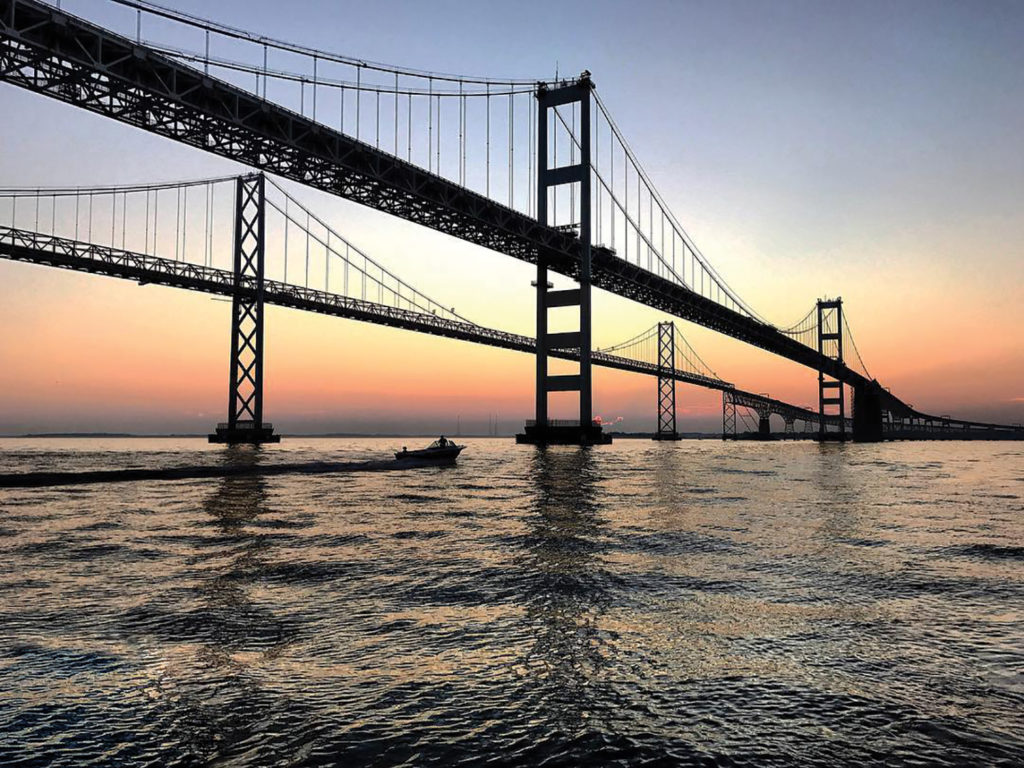
Maryland
A consortium of angling and boating organizations is actively protesting pending striped bass regulations (without public input) that would unequally reduce the catch allowances between commercial and recreational sectors, and close the catch-and-release season.
Michigan
In April 2020, Gov. Gretchen Whitmer, facing stiff opposition, announced she rescinded her arbitrary and unconstitutional ban on the use of motorized boats during the pandemic. Under the erstwhile order, motorboats (including those with only electric trolling motors) had been prohibited in the state, restricting boating to only human-powered kayaking, canoeing and sailing.
The Michigan United Conservation Clubs led the charge on behalf of boaters. “The grassroots power of MUCC proved that individual anglers’ voices can be heard and that they do matter,” says the executive director of the MUCC, Amy Trotter.
The order was particularly frustrating to anglers at a time when spring was bringing walleye and steelhead into the rivers, while bass and bluegill were becoming active on their spawning beds.
North Carolina
In July 2020, the Lake Norman Marine Commission held its first meeting to consider the effect wakesurfing boats have against the shoreline. At this point, the NMMA and the Water Sports Industry Association are monitoring the situation and also working toward educating wakeboaters about their responsibilities to protect the shoreline.
California
Even though AB3030 was knocked down in the legislature, some version of it will still likely be imposed on California boaters and anglers. Shortly after AB3030 died, Gov. Gavin Newsom ignored the will of the state legislature and subsequently signed an executive order to create a framework for instituting the principles of the 30×30 movement. For more information, visit ccacalifornia.org.

Georgia
Not all boating restrictions involve fishing, and Georgia passed what has been called “the most restrictive boater legislation” in the nation.
Georgia HB201 is a mishmash of disjointed regulations that cover anchoring permits, specified anchorage (and no-anchor) areas, maintaining of logbooks regarding pump-outs (by both boat and dockside pump-outs) and, of course, new fees. The ruling was handed down by the Georgia Department of Natural Resources, whose Commissioner Mark Williams, with one bill, dissolved the long-standing belief that waterways (and anchorages) were federally controlled.
It’s clear to the many groups protesting that this high-handed (and illegal) ruling was politically motivated, removing “nuisance boats” such as liveaboard derelicts from the scenery in front of waterfront homes owned by powerful people. HB201 restricts anchorage within 1,000 feet of structures, and Williams also created “marina zones,” which allow boaters to anchor within 300 feet of marinas providing services (fuel, provisions, pump-out, etc.), and where a boater might use his “poop log” to record the emptying of holding tanks.
Groups continuing to lobby against HB201 include America’s Great Loop Cruisers and BoatUS.
Maine
You’d think Maine would be a state that understood fishing, but its politicians introduced a bill prohibiting the use of “rubber lures,” the soft baits used by Maine anglers every day. The Keep America Fishing and Bass Federation organizations provided contrary industry research showing soft baits are not a problem for fish, and the bill was not passed, although there was another bill introduced to require biodegradable hooks that would be so wimpy, they wouldn’t hold a fish. One problem, pointed out by the opposition, was that the penalty was the same as the felony for prostitution. Go figure. (At press time, the legislation has been postponed.)

South Carolina
A bill that would establish a “Thirty-by-Thirty Interagency Task Force” was introduced into the legislature last February. H 5125/S 1024 was referred to the agriculture and natural resources committee in both chambers, but no hearings have been held. This is one to watch because the goal is similar to California’s 30×30 efforts—to protect 30 percent of South Carolina waters by 2030.
Nationwide
There’s some good news on the national front. The Sport Fish Restoration and Recreational Boating Safety Act of 2020 passed Congress with a nonpartisan 80-17 vote to become law. This bill provides a budget for several goals, including fisheries conservation and management, water and boating infrastructure, and recreational boating safety. Funding comes through federal excise taxes on recreational fishing equipment and boat fuel taxes.
And the recently signed Great American Outdoors Act will provide up to $1.9 billion annually for up to five years to create outdoor recreation opportunities, unlock public land access, and expand public access for fishing and other forms of outdoor recreation, as well as address the maintenance backlog on National Park Service, US Forest Service, US Fish and Wildlife Service, and Bureau of Land Management lands.
Finally, NOAA’s office of National Marine Sanctuaries serves as the trustee for a network of underwater parks encompassing more than 600,000 square miles of marine and Great Lakes waters from Washington state to the Florida Keys, and from Lake Huron to American Samoa. The network includes a system of 14 national marine sanctuaries and the Papahãnaumokuãkea and Rose Atoll marine national monuments. A variety of activities, including fishing, diving, paddling and more are permitted in marine sanctuaries. For additional information, visit sanctuaries.noaa.gov.

